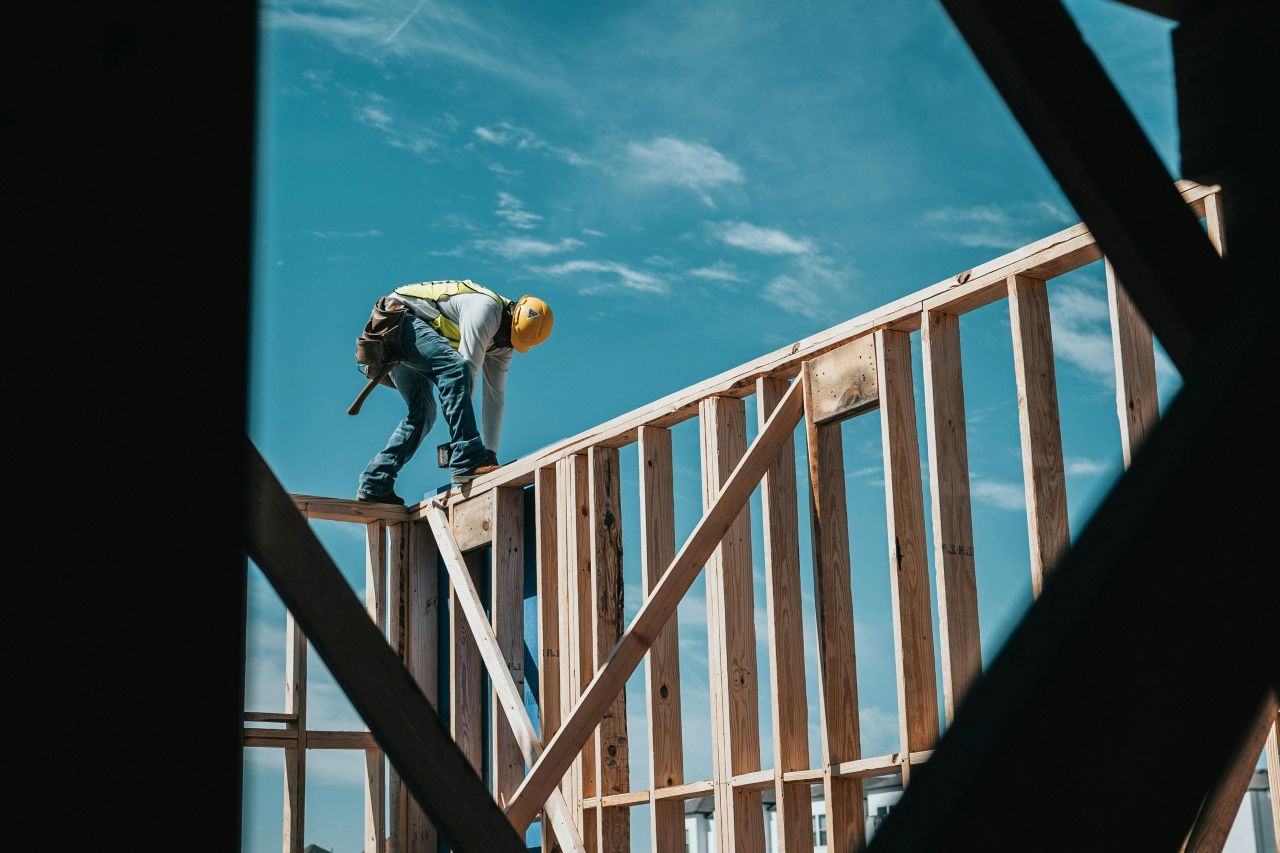Building the bush - Regional housing plan needed!
Kristin Murdock
23 October 2025, 8:20 PM

Western Plains residents already know the advantages of living in the country - affordable housing, open space, and a sense of community.
But a new national housing report says policy settings have yet to deliver what regional Australia needs.
The Housing Industry Association (HIA) this month released its Housing the Regions report, calling for a dedicated housing plan for regional Australia to address growing demand, worker shortages and planning delays.
Speaking at the HIA’s Regional Housing Roundtable in Bendigo, HIA Chief Executive of Industry and Policy Simon Croft said “housing policies need to deliver for regional Australia and not just be an adjunct of inner-city policies set in Melbourne, Sydney and Canberra.”
He said the HIA had produced a 20-point blueprint for policymakers to support regional housing and recognise the growing population outside metropolitan areas.
“The number of Australians moving from cities to the regions continues to grow, and this trend is expected to increase in the coming years as more people get priced out of living in metropolitan areas.
"There are now 8.5 million people living in regional Australia,” Mr Croft said.
“With high house prices and cost-of-living pressures biting, many people are realising the regions can offer the lifestyle they want and the jobs they're after, minus big city problems - like long commute times, tolls and traffic."
“This shift in population highlights the importance of the need for appropriate investment in the regions to bolster services, skills and infrastructure needed to support a growing population."
What began as a pandemic trend has turned into a permanent shift.
According to the report, there was an 11.2 per cent increase in movers heading from cities to the regions in the past year.
Around three-quarters of these movers settled in NSW or Victoria.
Regional NSW accounted for 42 per cent of all net regional inflows.
The report highlights affordability, lifestyle, and job opportunities as key reasons for the change.
“With high house prices and cost-of-living pressures biting, many people are realising the regions can offer the lifestyle they want and the jobs they’re after, minus big-city problems like long commute times, tolls and traffic,” Mr Croft said.

HIA Chief Executive of Industry and Policy Simon Croft said a shift in population to regions highlights the importance of the need for appropriate investment in the regions to bolster services.
However, while demand for housing outside the capitals is rising, delivery is struggling to keep up.
The HIA identified three top barriers preventing more homes from being built: access to shovel-ready land, insufficient investment in enabling infrastructure, and worker shortages, including among council planning staff.
Planning delays an issue - but not in Coonamble!
The report warns that “planning and house approvals are a key challenge and the planning systems across these areas are buckling under the weight of current approvals.
It statest that house approvals are taking longer than ever to get through local councils, and this is exacerbating Australia’s worsening housing and rental shortages, even more pronounced in regional Australia.
While the HIA is calling for national reform, one local council in the Western Plains has already demonstrated how efficient planning systems can help regional communities grow.
Data released last year by the NSW Government placed Coonamble Shire Council among the top ten councils in NSW for the fastest development assessment times, averaging just 36 days to process applications.
Paul Gallagher, the then Coonamble Shire Council General Manager, stated the findings demonstrated the ability of regional councils to serve residents and investors.
“We have a very capable and experienced planning section in Council that works very hard to deliver a wide range of planning and regulatory services,” Mr Gallagher said.
“The results just released showing our low development approval times are testament to their performance and customer focus.”
Coonamble Shire Council’s statement explained why speed matters. “The quicker the process, the less cost for applicants in waiting and responding to information requests.
A prolonged process costs everyone money,” Council said.
The evidence from Coonamble underscores what HIA’s Housing the Regions report is saying at the national level - to meet the needs of a growing regional population, governments must invest in
infrastructure, streamline approvals, and ensure councils have the staff and resources to keep development moving.



